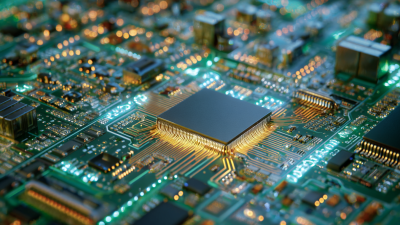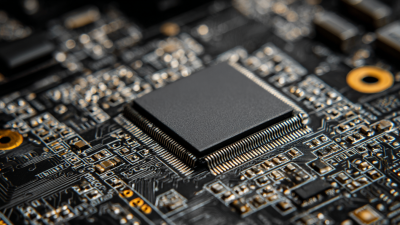Understanding the Impact of Printed Circuit Board Assembly on Today's Electronics Industry and Market Growth
The printed circuit board assembly (PCBA) is a critical component in the modern electronics industry, serving as the backbone for a multitude of devices ranging from smartphones to industrial machinery. As the global electronics market is projected to reach $2.6 trillion by 2025, the role of PCBA becomes increasingly significant in driving innovation and efficiency. Reports indicate that the demand for advanced PCB technologies is growing at a CAGR of 4.8%, highlighting the necessity for manufacturers to adapt to evolving market needs.
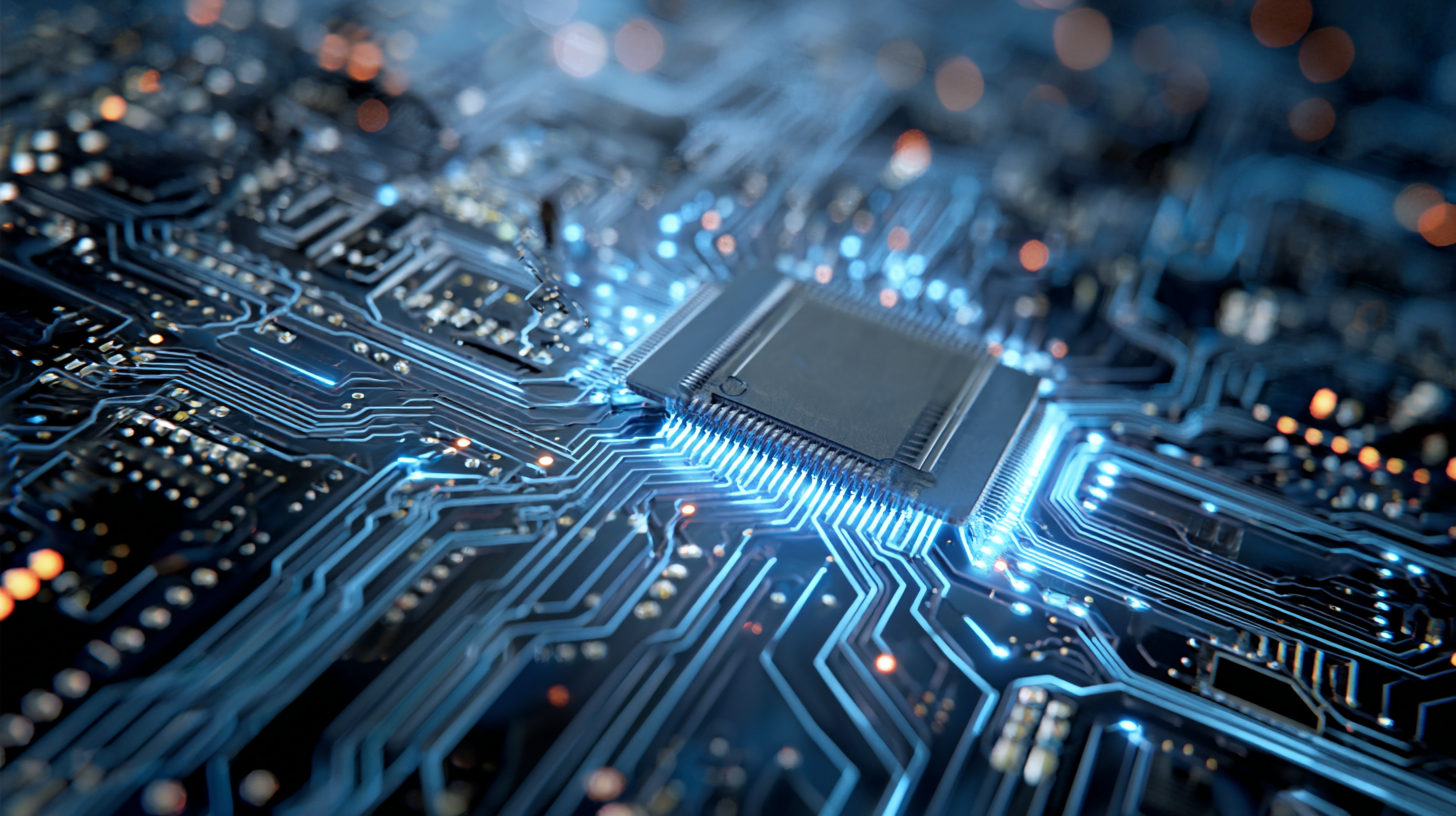
This surge is fueled by the proliferation of Internet of Things (IoT) devices, automotive electronics, and consumer electronics, which emphasize the importance of high-quality assemblies. Hence, understanding the nuances of PCBA processes not only sheds light on their impact on product performance and reliability but also underscores their vital role in sustaining market growth in the electronics sector.
The Role of Printed Circuit Board Assembly in Shaping Modern Electronics Innovations
The role of Printed Circuit Board Assembly (PCBA) is increasingly pivotal in shaping innovations within the modern electronics sector. As technology progresses, electronic devices are becoming more complex, necessitating sophisticated PCB designs that cater to a diverse array of applications, such as communication, computing, and automotive systems. As seen in recent developments, partnerships with AI technologies have highlighted the crucial need for robust and efficient PCB solutions that can keep pace with industry demands. The integration of advanced systems, particularly in areas like autonomous driving and smart applications, underscores the importance of innovative PCB assembly processes.
Moreover, the investment in next-generation PCB technologies, such as vacuum lamination machines, indicates a promising growth trajectory for the sector. The market for these machines is expected to expand significantly, reflecting the industry's need for higher yields and smarter manufacturing solutions. Companies are also developing cloud platforms to support the increasingly intricate design requirements, ensuring that the PCB assembly process evolves alongside technological advancements. As the electronics market continues to grow, the influence of PCBA in driving innovations cannot be overstated, positioning it as a cornerstone of modern electronics development.
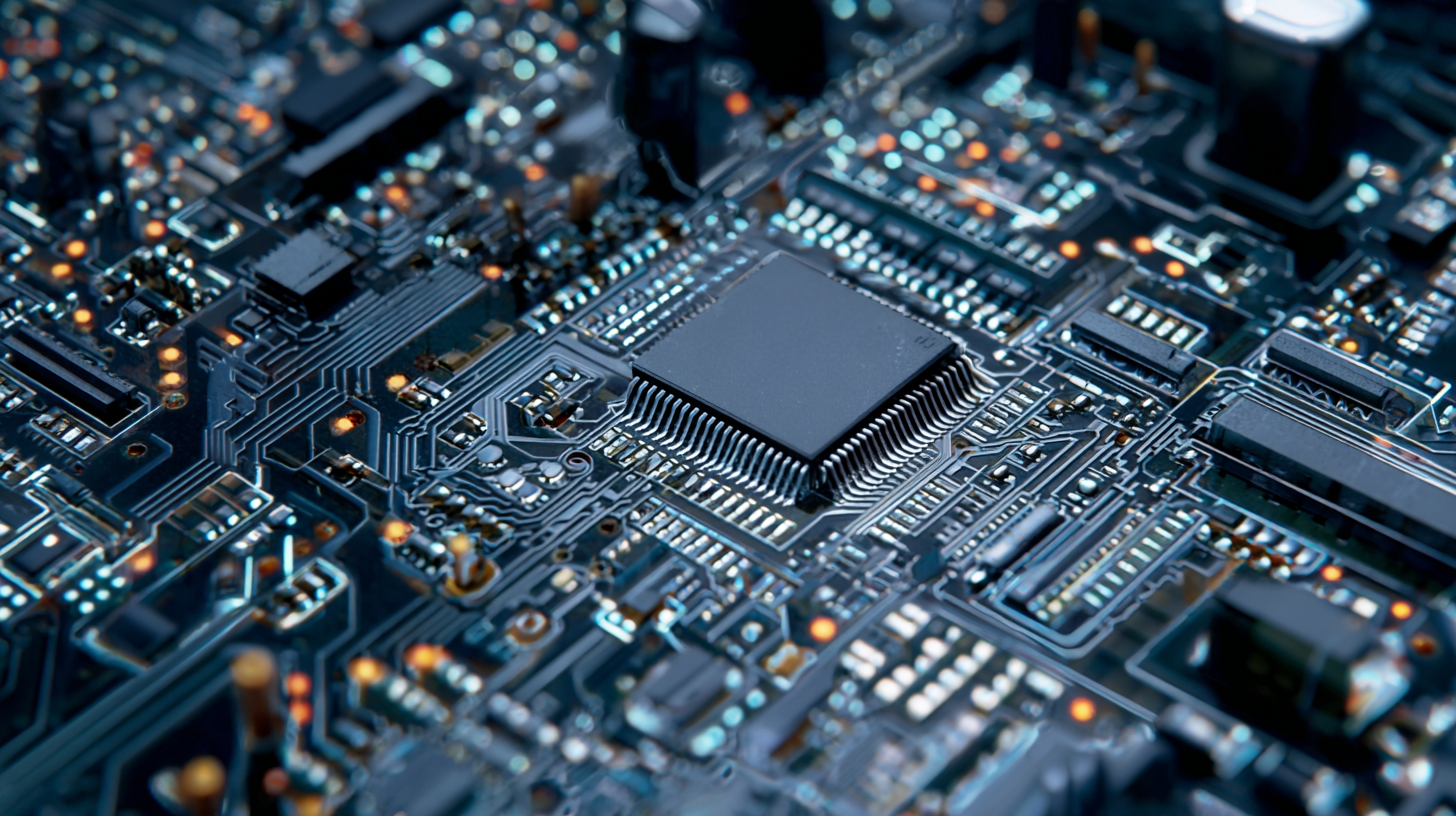
Market Trends: How PCB Assembly Drives Growth in Consumer Electronics Sector
The consumer electronics sector is experiencing a significant transformation due to the advancements in Printed Circuit Board (PCB) assembly technologies. As market demands evolve, the scope for rigid boards, flexible circuits, and High-Density Interconnect (HDI) technology is expanding. In 2025, the global surface mount technology (SMT) market is projected to surpass $6.45 billion, fueled by the rising demand for compact electronic components. This rapid growth signals a robust future for PCB assembly, which plays a critical role in supporting innovations across various applications, including automotive and healthcare.
**Tips for Industry Stakeholders:** Focus on adopting advanced PCB manufacturing techniques to cater to the miniaturization trends in consumer electronics. Staying updated with technology will ensure competitiveness in a landscape that is continually influenced by AI and automation.
Investment in sustainable practices, like PCB recycling, is also imperative. The PCB and PCBA waste recycling market is anticipated to grow from approximately $7.36 billion in 2024 to $21.42 billion by 2033, at a remarkable growth rate of 12.6%. Engaging in environmentally friendly approaches will not only enhance brand reputation but also align with global sustainability goals.
**Tips for Sustainable Growth:** Leverage existing technologies to enhance recycling efforts, thereby benefiting both business practices and environmental responsibilities. Adopting such strategies will position companies favorably amidst the changing market dynamics.
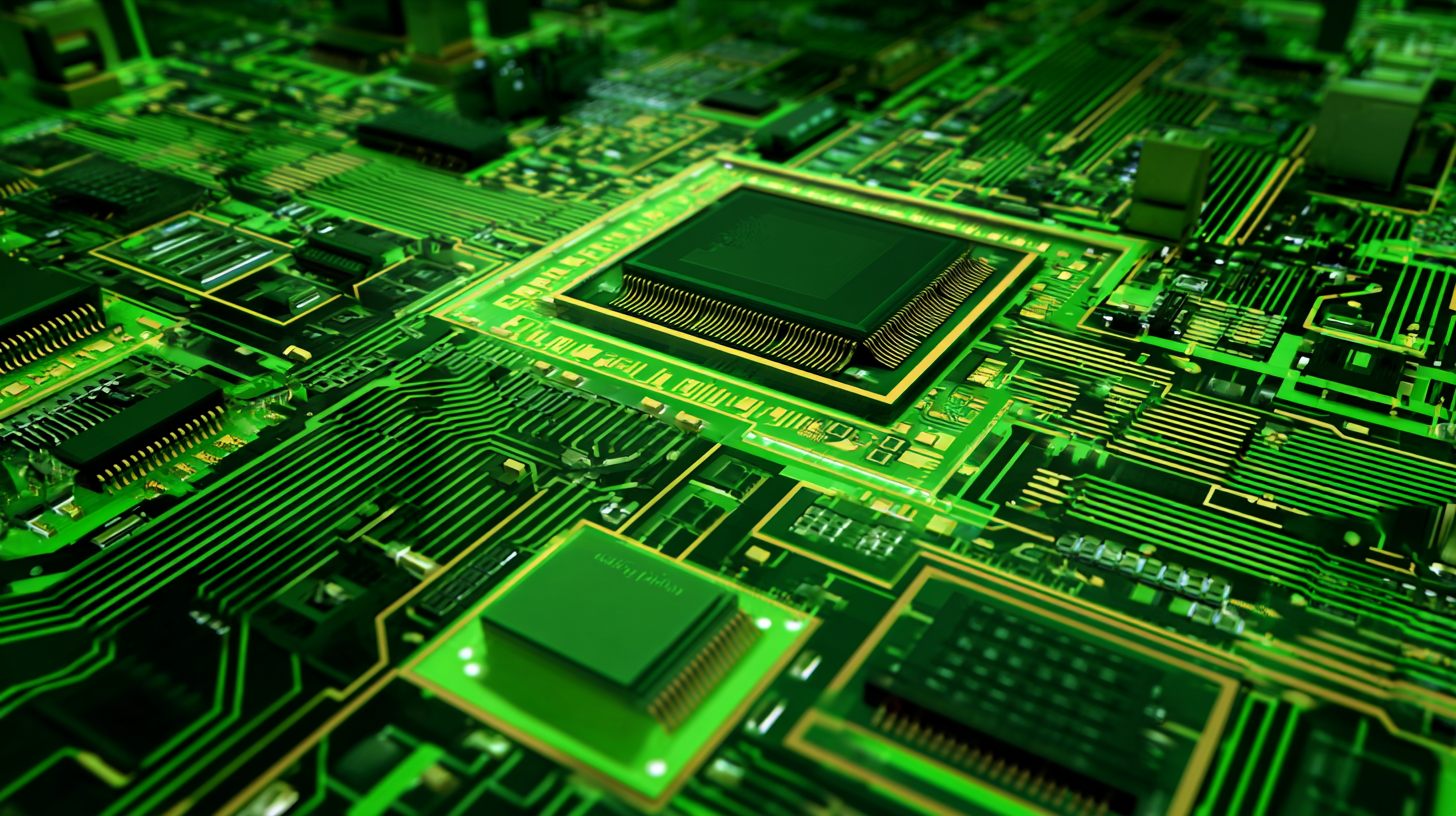
Key Technological Advancements in PCB Assembly and Their Market Implications
The OEM electronics assembly market is poised for significant growth from 2025 to 2032, driven by advancements in printed circuit board (PCB) assembly technology. As industries increasingly rely on complex electronic systems, the demand for efficient and precise PCB assembly processes has escalated. Recent market research indicates that by 2025, the global PCB assembly market is expected to surpass $75 billion, with a CAGR of over 6%. This growth is underpinned by rising applications across automotive, telecommunications, and consumer electronics sectors, which are projected to account for a substantial share of the overall market.
Key technological advancements, such as surface mount technology (SMT) and automated optical inspection (AOI), have revolutionized PCB assembly processes, enhancing manufacturing efficiency and product reliability. By 2032, the automotive and aerospace sectors are anticipated to lead applications in the PCB assembly market, as they integrate more electronics for advanced functionalities. Additionally, the increasing complexity of consumer electronics is expected to further drive innovation in assembly techniques. The regional analysis reveals that Asia-Pacific will dominate the market, contributing over 50% of the total share due to a robust manufacturing infrastructure and a favorable regulatory environment for electronics production.
Impact of Printed Circuit Board Assembly on Electronics Industry Growth
This bar chart illustrates the growth of the total Printed Circuit Board (PCB) assembly market size from 2018 to 2023, showing an increasing trend influenced by key technological advancements in the industry.
Cost Considerations: Analyzing PCB Assembly's Impact on Electronics Production Expenses
The cost of printed circuit board (PCB) assembly plays a crucial role in shaping the overall expenses associated with electronics production. As the backbone of modern electronics, PCBs require intricate designs and high precision during assembly, which can significantly influence production costs. Factors such as raw material prices, labor costs, and technological advancements must be considered, as they can either escalate or mitigate expenditure. For instance, the rise in demand for advanced materials, like high-frequency substrates, can lead to increased costs, while automation in assembly processes may optimize labor expenses.
Moreover, economies of scale can also impact PCB assembly costs. Manufacturers who produce in high volumes can negotiate better prices on raw materials and invest in efficient machinery. Conversely, small-scale producers may face higher per-unit costs due to their limited production capacity. As the electronics market continues to evolve, understanding these cost dynamics is essential for companies aiming to maintain competitiveness. Strategic decisions regarding PCB assembly can ultimately lead to significant savings and enhanced product affordability, thereby influencing market growth in the electronics sector.
Understanding the Impact of Printed Circuit Board Assembly on Today's Electronics Industry and Market Growth - Cost Considerations
| Cost Factors | Impact on Production Expenses (%) | Trends in PCB Assembly | Projected Market Growth (%) |
|---|---|---|---|
| Material Costs | 30 | Increasing demand for new materials | 5 |
| Labor Costs | 25 | Automation in assembly processes | 7 |
| Equipment Costs | 20 | Investment in advanced machinery | 6 |
| Overhead Costs | 15 | Increased utility and maintenance expenses | 4 |
| Logistics Costs | 10 | Global sourcing challenges | 3 |
Future Projections: Expected Growth of PCB Assembly in Emerging Electronics Markets
The printed circuit board (PCB) assembly sector is poised for significant growth in
emerging electronics markets, reflecting the overall expansion of the electronics industry. According to recent data, the market for PCB vacuum laminators, a critical component in PCB assembly, was valued at $150 million in 2022 and is projected to reach $290 million by 2030. This considerable increase is accompanied by a
compound annual growth rate (CAGR) of 8.8% from 2024 to 2030, indicating robust market potential.
This growth in PCB assembly is primarily driven by the rising demand for advanced electronic devices across various sectors including consumer electronics, automotive, and healthcare. The trend of miniaturization in electronics further emphasizes the need for efficient and effective PCB manufacturing processes. As new technologies arise and consumer expectations evolve, the PCB assembly market will likely see increased investment and innovation, positioning it as a vital player in shaping the future of the electronics industry.

